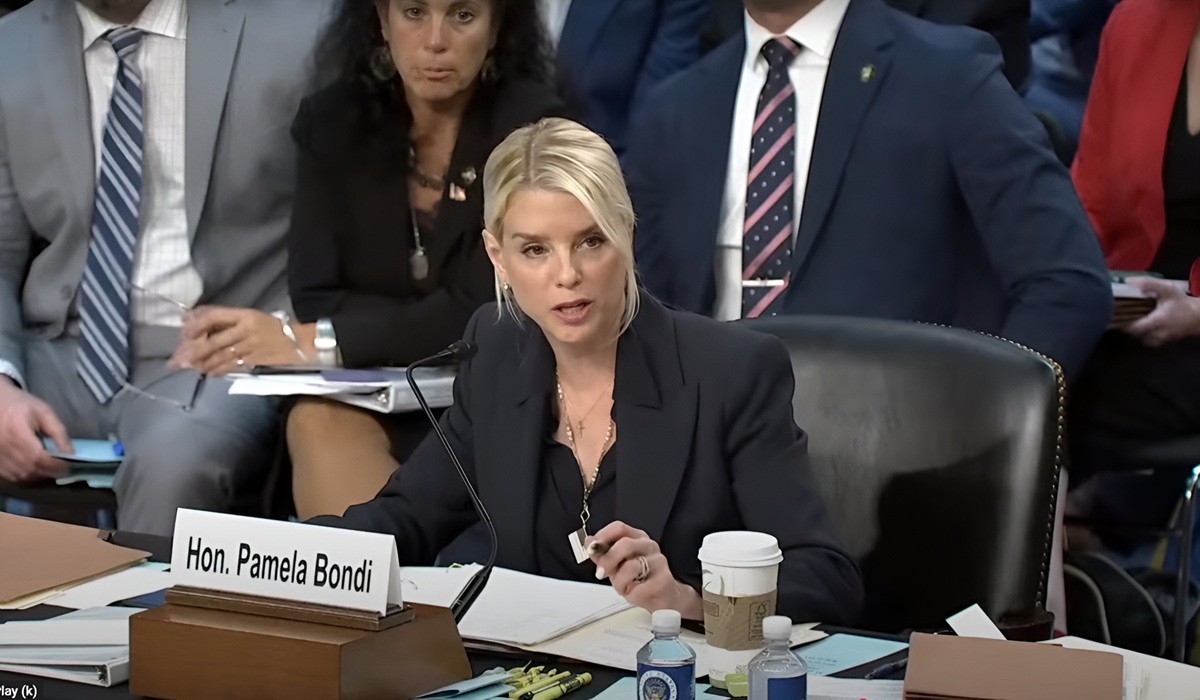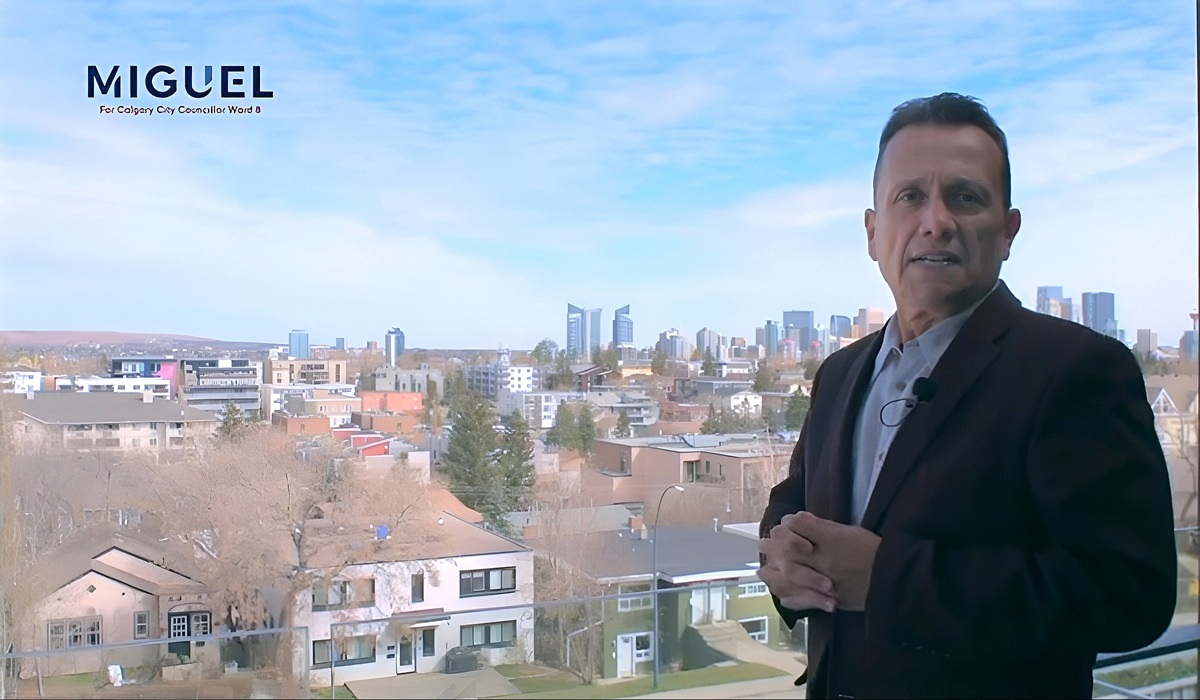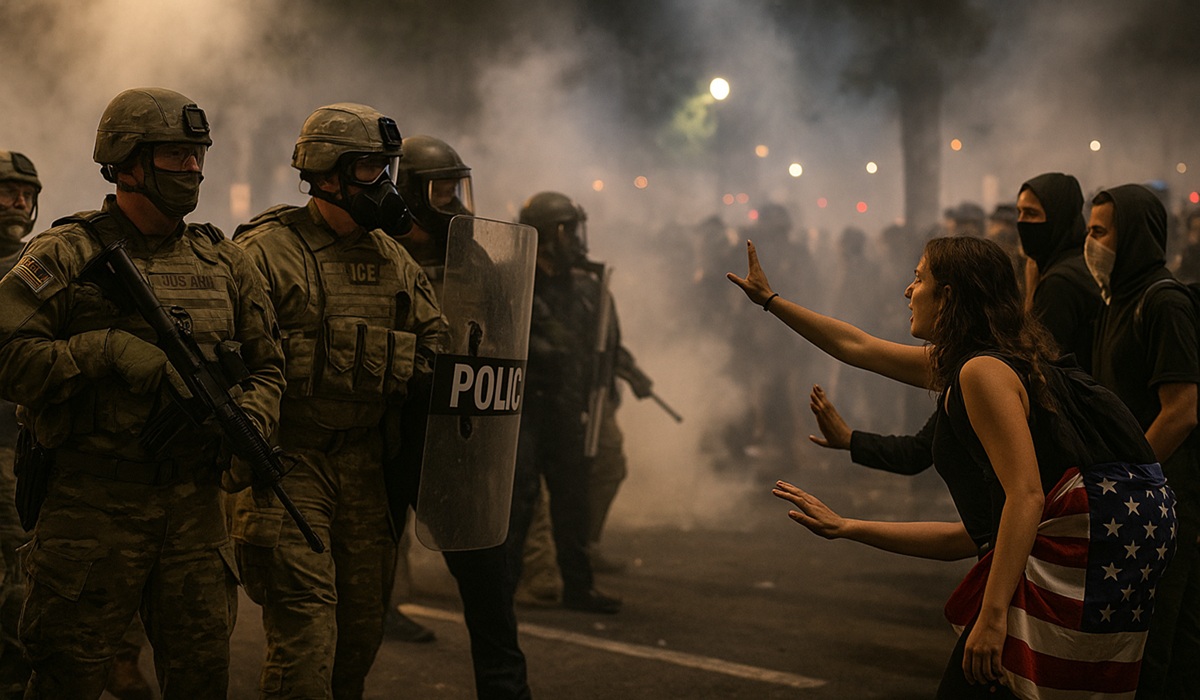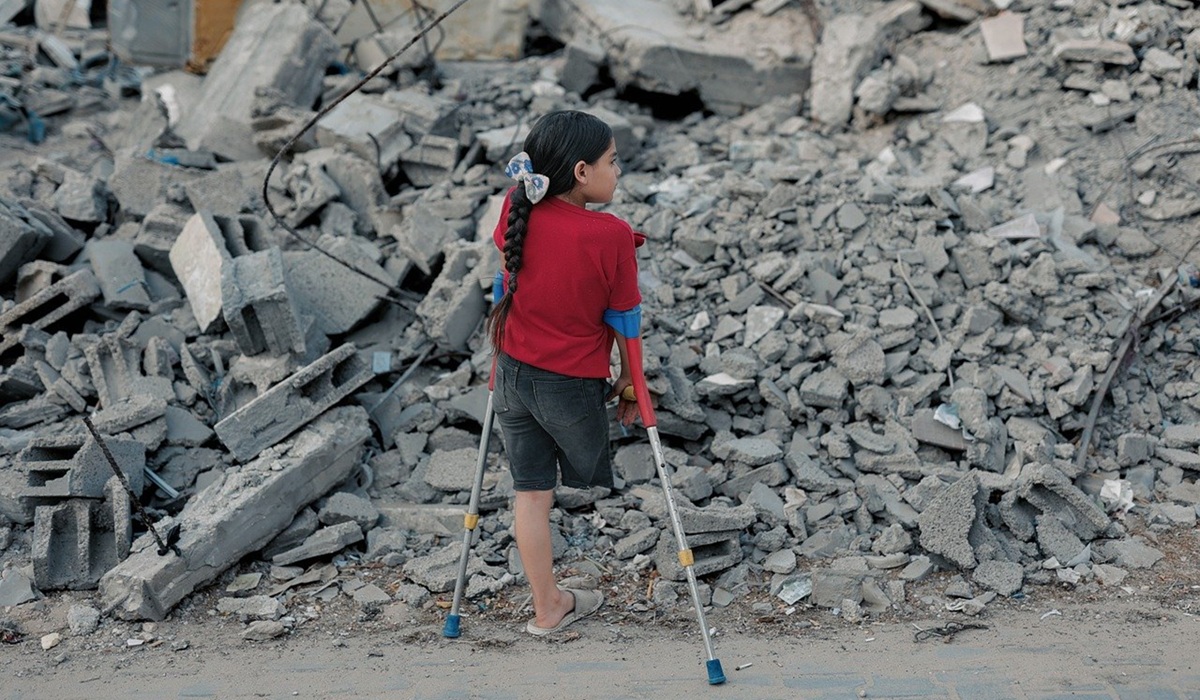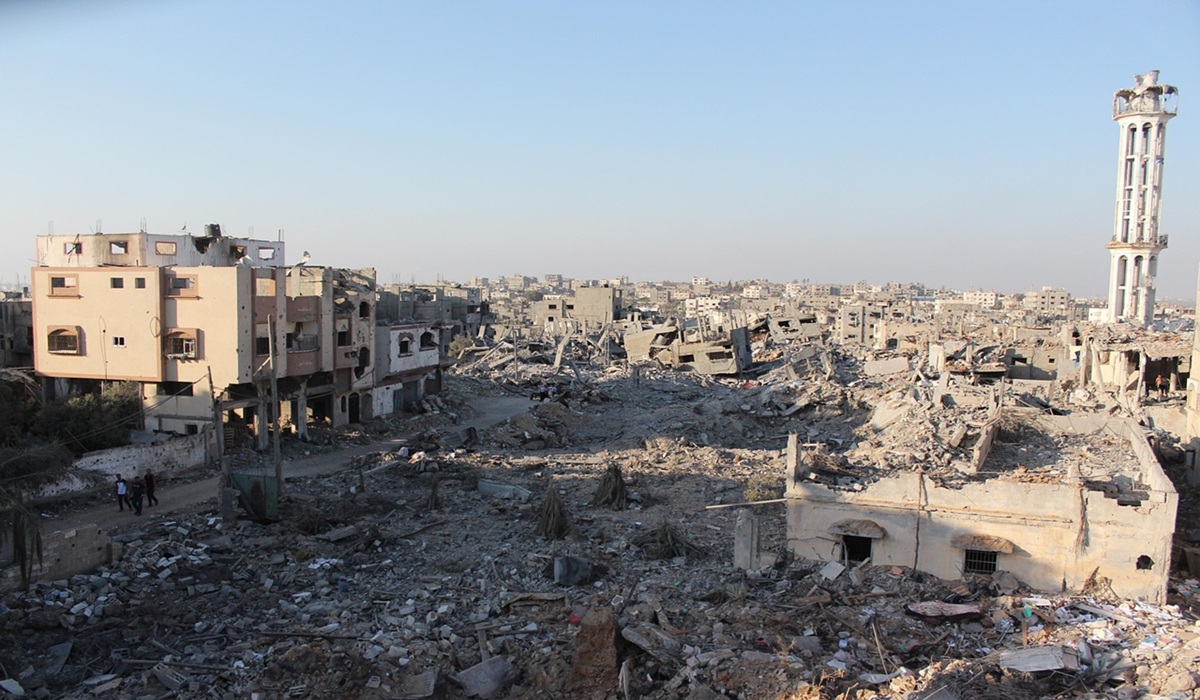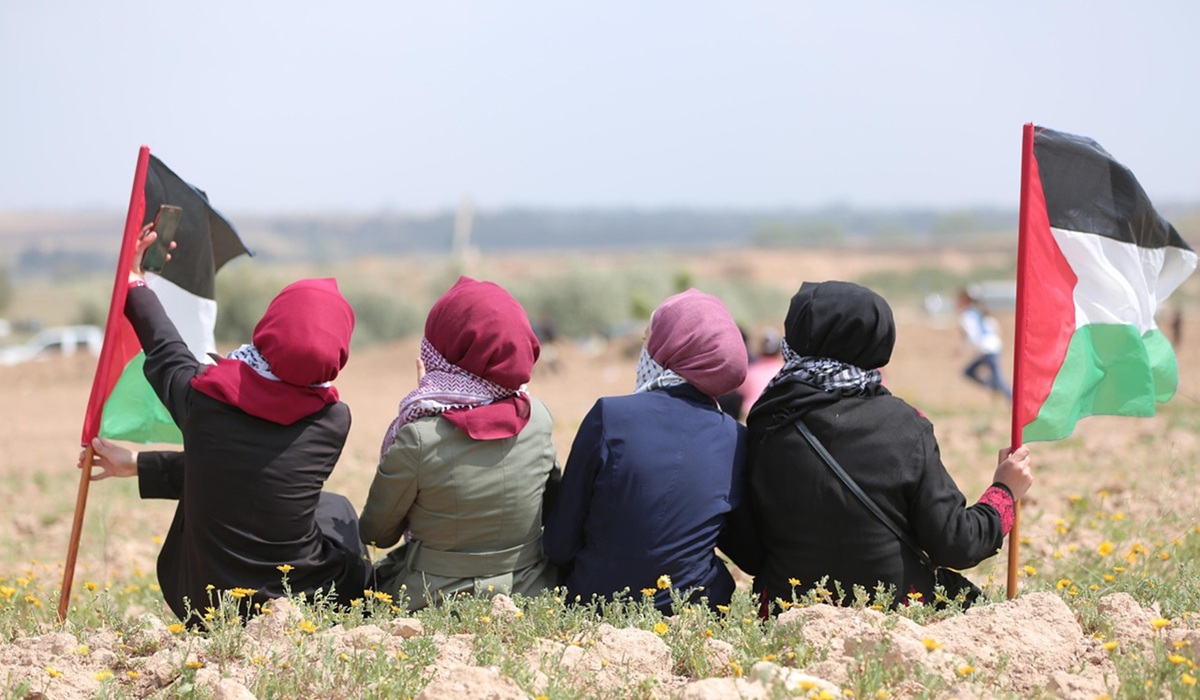Do As I Say, Not As I Do: The Great Illusion of Russia’s Isolation
- TDS News
- Trending News
- August 28, 2025
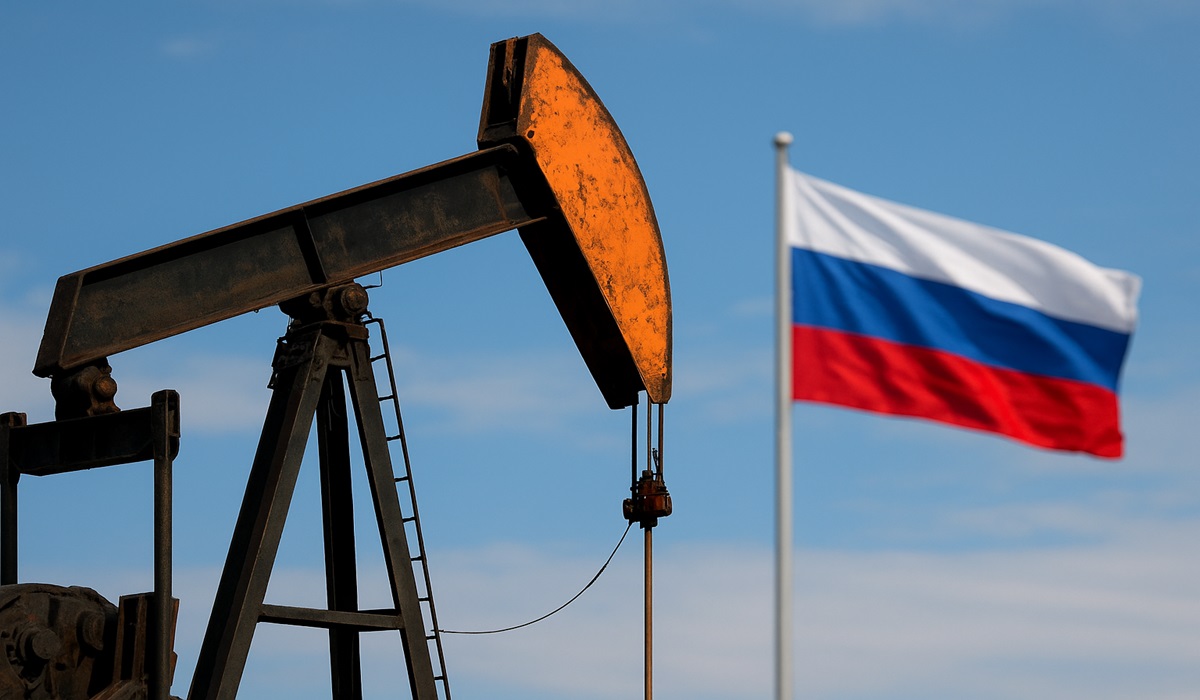
By Donovan Martin Sr, Editor in Chief
WINNIPEG, Aug. 28, 2025 – For more than three years, audiences across the Western world have been told that Russia stands alone. Politicians and commentators repeat it daily: sanctions are biting, restrictions are tightening, and the Kremlin is being squeezed into submission. Citizens are warned that they cannot do business with Russian companies, banks are cut off, and firms face penalties for violations. The rhetoric is clear and consistent—Russia is isolated. Yet the economic reality does not reflect that message.
Even under unprecedented sanctions, Russian trade has not only endured but in some sectors expanded. Europe, which declared its intention to cut ties, remains dependent on Russian commodities in critical ways. Oil still enters European markets via pipelines to Hungary and Slovakia. Fertilizer, vital to agriculture, continues to move through indirect routes because European farmers cannot easily replace it. Aluminum, nickel, and palladium—metals essential to the production of cars, aircraft, and electronics—remain linked to Russian suppliers, sometimes rebranded through intermediaries but still originating in Moscow’s orbit.
The United States, for its part, presents the sharpest contradiction. Washington has championed the sanctions regime and armed Ukraine heavily, while simultaneously purchasing Russian enriched uranium to keep its nuclear plants running. Nearly one fifth of U.S. electricity comes from nuclear power, and for years, Russian suppliers filled a large share of the enrichment market. Despite pledges to phase this out, exemptions remain because alternatives are not yet in place. The same government that tells its people Russia must be cut off relies on Russian fuel rods to keep the grid steady.
The pattern extends beyond energy. Reports show that Russia’s export revenues, especially in fossil fuels, actually grew in the early years of the war. With global demand for oil and gas high, and with Moscow redirecting much of its trade to willing buyers outside the West, prices climbed. The paradox is stark: sanctions were meant to reduce Moscow’s ability to fund its military, yet higher prices helped offset lost volumes. Russia, in some years, recorded more income from energy than before the conflict.
This economic resilience underscores the limits of isolation in an interconnected world. Europe cannot simply unplug from Russian resources without severe consequences. The United States cannot instantaneously source nuclear fuel elsewhere. Global markets for metals, fertilizers, and energy are too intertwined to sever overnight. While sanctions slow, complicate, and add cost, they do not erase dependence. Instead, they create a dual reality—public narratives of separation and private acknowledgments of necessity.
At the same time, the political dimension raises further questions. Western leaders often speak of peace but act in ways that prolong the conflict. Multiple proposals for negotiations have surfaced—some reportedly involving Ukraine and outside mediators, others involving backchannel discussions with major powers. Yet opportunities to pause the fighting have been repeatedly blocked or set aside. For Washington in particular, the calculus appears tied not only to supporting Ukraine but also to broader strategic goals. The result is a paradox: calls for peace coexist with policies that discourage compromise.
This contradiction feeds into the larger picture of double and even triple speak. Citizens are told that peace is the ultimate objective, yet military aid flows at levels unprecedented since the Cold War. They are told Russia is isolated, yet governments continue to buy its commodities. They are told sanctions will cripple Moscow’s economy, yet Russia posts higher export revenues in key sectors. The message does not align with the measurable outcomes, leaving the public with carefully managed optics rather than a clear view of reality.
The global economy reveals what politics cannot conceal: no major country can be fully walled off in the 21st century. Even in conflict, interdependence ensures a degree of engagement. To cut Russia out entirely would mean spiraling energy costs in Europe, disruptions to U.S. electricity, shortages of metals vital to modern industry, and a shock to global food systems. No government that must answer to its citizens is willing to take that leap.
And so the illusion continues. Leaders promise firmness while quietly carving exceptions. Citizens live under restrictions, while governments maneuver to keep supplies flowing. The public face is moral clarity; the private reality is pragmatic necessity. Sanctions, embargoes, and declarations of isolation shape the headlines, but the underlying truth is simpler: Russia is not isolated, because the very nations insisting on its isolation cannot afford for it to be.
In the end, this is less about Russia than it is about the nature of global politics. It is the choreography of appearances, the theater of strength, the presentation of resolve. But beneath the stage lights, the machinery of trade, energy, and necessity keeps moving. Isolation, as it is sold to the public, is a story. Interdependence, as it plays out in markets and power plants, is the fact. And in that gap between what is said and what is done lies the clearest lesson of all: the world’s most powerful governments are not just managing Russia, they are managing their own contradictions.


